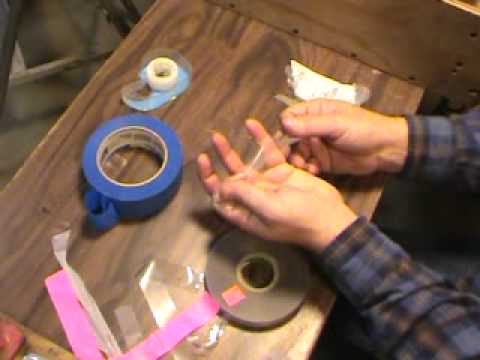I was impulsive browsing USDA scion wood list and when i saw apple of my childhood “Korichnoe polosatoe”
I ordered it, thinking it is unlikely I’ll get it anyway. It came in today. The problem is, I do not have any experience with grafting and storing scion wood. I also have just one espaliered apple tree in the ground I planted last spring:
Apple - GoldRush - 1-year Bare-root G.890
I am expecting 4 more bare root apple trees this spring :
Apple - Antonovka Polt - 1-year Bare-root G.16
Apple - Ashmead’s Kernel - 1-year Bare-root G.11
Apple - Golden Russet - 1-year Bare-root G.11
Apple - Yellow Transparent Perrine Giant 1-year Bare-root G.202
I also have some wild crab apple on my neighbor’s land and she doesn’t mind me to use it to graft, but sure I want it better on my land than on hers.
So my first question, how do I store the wood? It is nicely packed in plastic bag. I placed it in the bottom of refrigerator. Is it enough? Should I unpack it and make the breathable wrap instead of plastic? What is ideal temperature?
And second question, what are my options for grafting on trees above? Can you graft on just transplanted tree? Ideally I want half of my Yellow transparent to be “Korichnoe polosatoe”. But if I can’t graft on it this spring, I will have to graft on crab apple I guess…
Still have no idea why I ordered this wood… I feel guilty now.


